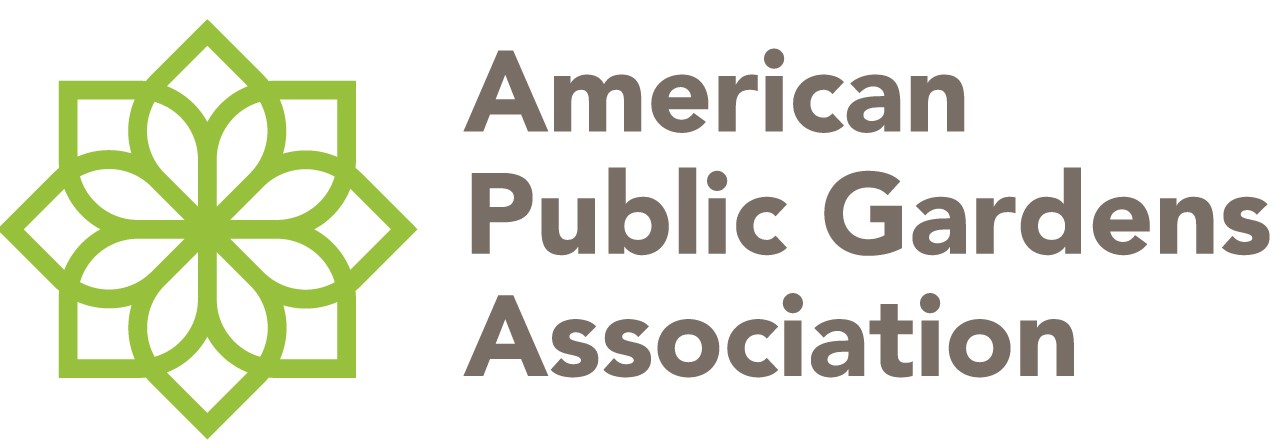With the rapid spread of severe acute respiratory syndrome coronavirus 2 (SARS-CoV-2) that results in coronavirus disease 2019 (COVID-19), corporate entities, federal, state, county, and city governments, universities, school districts, places of worship, prisons, health care facilities, assisted living organizations, daycares, homeowners, and other building owners and occupants have an opportunity to reduce the potential for transmission through built environment (BE)-mediated pathways. In this paper, we synthesize this microbiology of the BE research and the known information about SARSCoV-2 to provide actionable and achievable guidance to BE decision makers, building operators, and all indoor occupants attempting to minimize infectious disease
transmission through environmentally mediated pathways. We believe this information is useful to corporate and public administrators and individuals responsible for building operations and environmental services in their decision-making process about the degree and duration of social-distancing measures during viral epidemics and pandemics.
2019 Novel Coronavirus (COVID-19) Pandemic: Built Environment Considerations To Reduce Transmission



